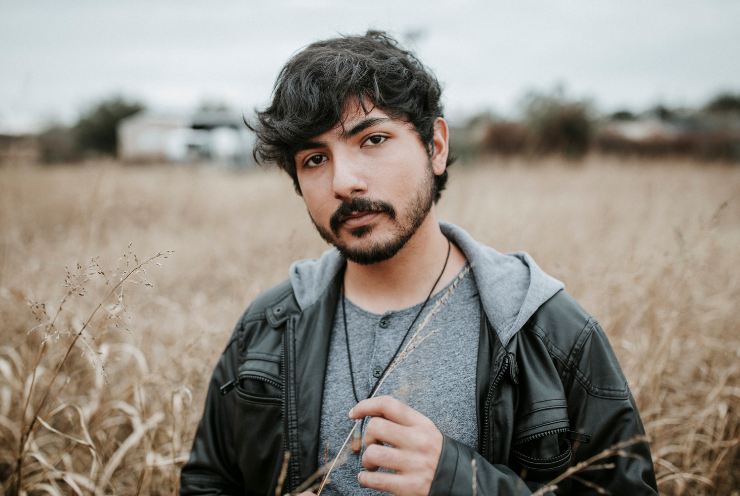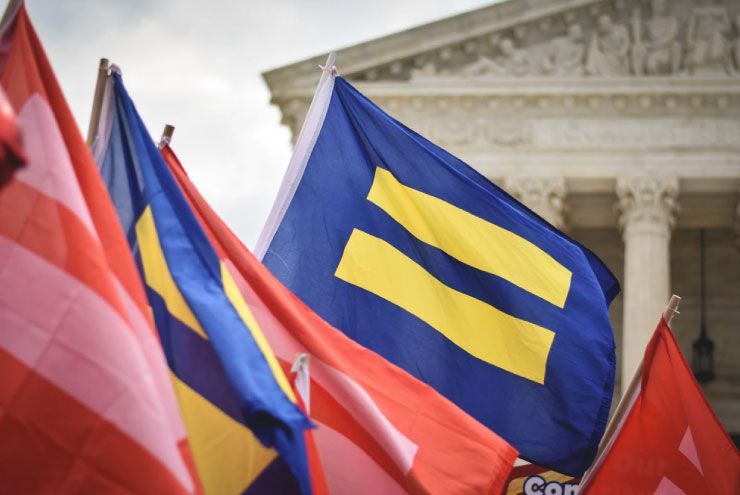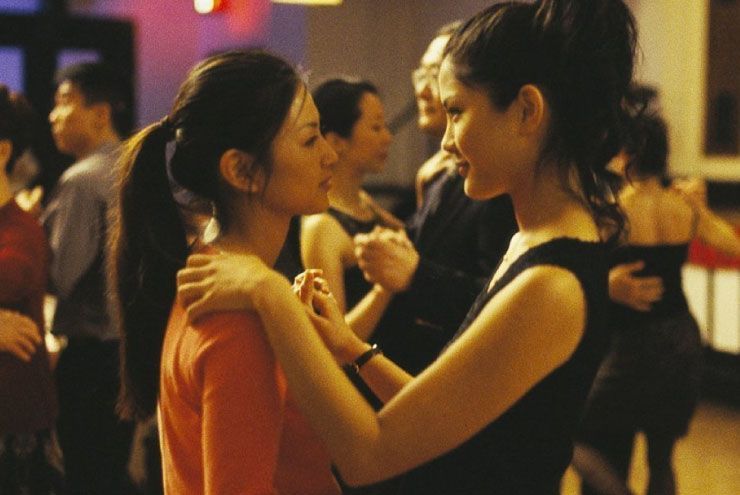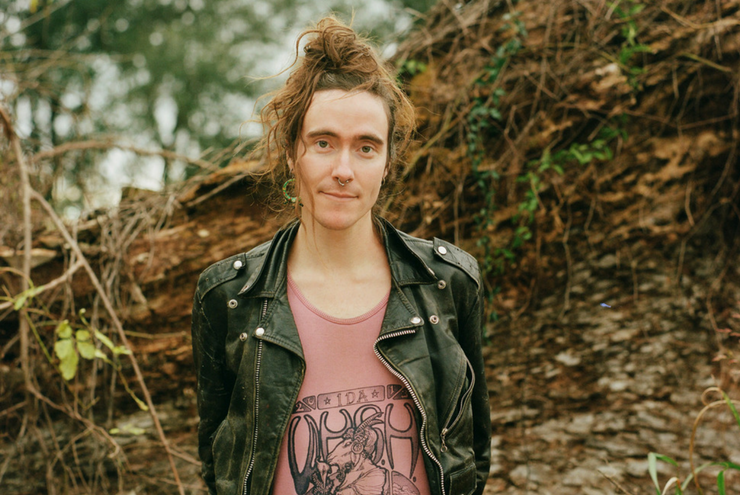By Jayce Tyler
When asked about himself, the first thing Taylor De La Garza shares is that he’s from the Rio Grande Valley. The second is that, after he completes his studies in Houston, he wants to return to the Valley, where he plans to continue his journey of LGBTQ activism. “I was scared of accepting the queer part of me for a long time,” De La Garza says. “I owe a lot to my community back home.”
Born and raised Catholic, De La Garza experienced a tremendous amount of fear surrounding coming out. It wasn’t until he started his undergraduate career at The University of Texas Rio Grande Valley (UTRGV) that he first encountered queer life in the Valley. De La Garza discovered the Student Equality Alliance, an organization dedicated to advocacy for LGBTQ students on campus, and met the group’s president at the time, Ruben Patlan, Jr. De La Garza was inspired by Patlan’s commitment to living out and proud, even when faced with the threat of discrimination.
Through Patlan, De La Garza was able to learn more about the vibrant, intersectional queer community that exists in the Valley. In fall 2015, he officially joined the Student Equality Alliance, started to attend community protests and events, and began his personal journey toward self-acceptance. While attending a fundraising event for Pride Home, a nonprofit organization working to open the first LGBTQ shelter in the Valley, he met his current partner, Gustavo Huerta. “Fun fact,” De La Garza says. “Our first date was a pro-life counter protest! I’ll never forget the first time we held hands in a human chain protecting those seeking safe passage into McAllen’s Whole Woman’s Health while chanting against pro-life protestors.”
De La Garza recalls how exhilarating those first protests felt and, after meeting Huerta, he sought out as many as possible. At times, however, this required De La Garza to hide the nature of his activism from his parents, out of fear that they would disapprove. Though he was finally doing work he believed in, De La Garza worried often about his personal safety and the safety of the activists around him. “We often feel trapped, in both a physical and mental sense, since there’s the border of Mexico, the Gulf of Mexico, and Border Patrol checkpoints just north of the Valley,” he explains, noting that the media also portrays the Valley as chaotic. “It’s often hard for people on the outside to understand the extensive traumas, culture, sub-communities, and values that envelop the region.”
In fall 2016, De La Garza stepped up to be the president of the Student Equality Alliance. Inspired by Patlan, he dedicated himself fully to the organization, helping to create a second-chance prom event for queer students who were not allowed to or did not feel safe openly attending their high school dances. With the help of various departments at UTRGV, De La Garza also launched the university’s inaugural Lavender Graduation ceremony to recognize LGBTQ graduates. “The first Lav Grad had five participants, but the room was filled with people who wanted to support them,” De La Garza says. “I’ll never forget how every single graduate cried while sharing their stories. There wasn’t a dry eye in the room!”
In 2017, De La Garza moved to Houston to be with Huerta, and transferred to the University of Houston to continue working on his sociology degree. His long-term plans are to apply to UH’s Graduate College of Social Work. After that, he wants to return to the Valley to help launch an inclusive resource center similar to the Montrose Center and the UH LGBTQ Resource Center (where De La Garza currently works as a program assistant). De La Garza hopes the center, which will be set up as a nonprofit organization, will be “a new beacon of hope to those in the Rio Grande Valley.” There, he plans to establish a leadership program, to collaborate with existing LGBTQ groups in the Valley such as MiercoLEZ, a group for queer women, and to educate those inside and outside of the community on allyship. “I know that while I dream big, I cannot do these things myself,” De La Garza says. “So I’ll be looking for an amazing team of friends and activists from the community to share their own intersectional stories and create a platform for those who can’t.”
De La Garza accredits much of his success to his friend Valerie Severn, whom he calls “the Leslie Knope to his Ann Perkins,” and of course, Patlan, who taught De La Garza much about self-love and confidence. In addition, De La Garza thanks those outside of the community, such as his family, for loving him after he came out. “I hope that one day, I’ll be able to give back the love they’ve all given me tenfold,” he says.







